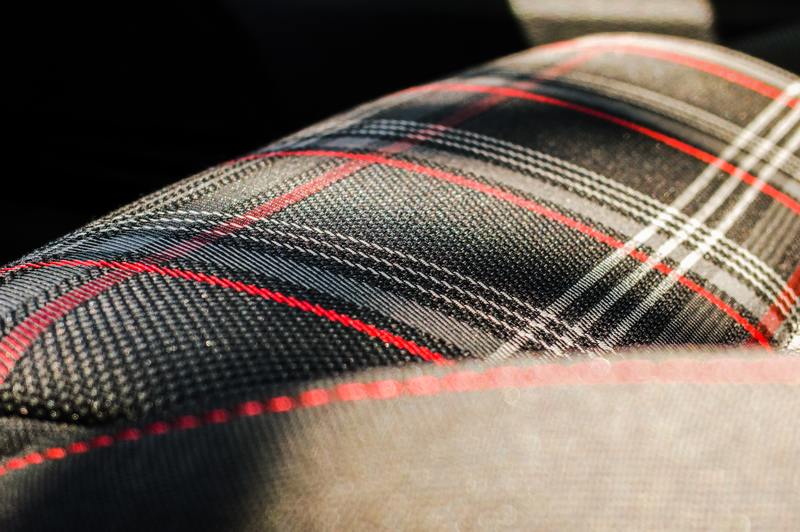Knowing how to repair water damaged upholstery is essential in maintaining a lovely home. Furniture is prone to water contact, which causes damage not only to the wood.
Unexpected water flowing inside your home is notorious for causing havoc not only on the surface, but also on the innards of your fixtures. You might think there’s only the wooden frame of your furniture that you have to worry about, but you’re wrong!

Upholstery, which consists of fabric, springs, foams, webbing, and other materials, is prone to water damage too. Water damaged upholstery requires immediate intervention if you want to save it from permanent damage and render it unusable. It can only take about two to three days before the water completely seeps in and destroys your upholstery.
Steps For Repairing Water Damaged Upholstery
Supposing that your furniture or other upholstered fixtures have unfortunately already gotten soaked. Here’s how you can repair the water damaged upholstery.
Step #1. Assess and note all the surface damage
To start your repair process, you first need to make a list of all the items you’ll need to cover. All repairs and upholstery have a unique combination of damages that need attention. Spend some time first looking through the outer surface of your fixture.
Depending on the fabric type used as covering, some surface damage like scratches, burns, cracks, or tears can be intensified by contact with water. Likewise, the repair you’ll need to do for each fabric type will vary accordingly.
Be sure to make a note of all the damage on the surface and where they are located. You can do this by taking photos of them. You’ll deal with these damages later on after you’ve finished repairing the insides.
Step #2. Take the upholstery off the frame
After assessing the surface, it’s time to move in towards the frame. Using pliers, hammers, and other appropriate tools, take the fabric off the furniture.
Check if the frame is still durable and if the springs, foam, webbings, and other upholstery parts are still intact. If they’re all still in good shape, then you’ll only need to treat them.
If the water damage has seeped in the frames as well then it’s time for you to decide whether you will make replacements or repair, if it can still be restored. All the things that you will do will primarily depend on the extent of damage your upholstery has sustained.
Step #3. Replace or repair
The next step is to figure out what you need to do. Depending on the damage assessment you have done, you can opt for repair or replacement. The most common water damage upholstery can have would be mold growth and water stains.
For mold growth, it can also depend on the extent of the growth of the mold colony and the type of mold. The most dangerous type of mold would be black molds which are dangerous to a person’s health and can cause diseases. If the foams and padding of your upholstery develop major mold growth, then it must be subjected to replacement.
When doing replacements, just follow the dimension and type of padding you are replacing and apply the necessary treatments to avoid the same problem again in the future.
If the problem that you are facing is limited to water stains, then it can be dealt with by washing and drying the fabric materials that have been stained. Before you do this though, remember to take note of the type of fabric and incorporate the appropriate steps on washing and detergents to use.
Step #4. Return the upholstery into the frame
Now that you have done what needs to be done, you can now return everything in place. Follow the steps you did when taking off the upholstery in the frame and do it in reverse.
Step #5. Repair or replace the fabric
The last part is to address the surface. Follow the list you made initially, patch and sew the broken parts accordingly. Clean the fabric afterwards and you’re done!
What to do with water damaged upholstery?
For water damage upholstery you can do several things. Whether it’s restoration and repair or to buy a new one, it all depends on the extent of the water damage your upholstery has sustained.
If you determine that the damage can be repaired, then you can try to do the repair or just get a new one if you deemed that it is not necessary anymore. However, repairs can sometimes have a lesser cost compared to buying a new one. If you are on a tight budget, then it is still better for you to repair the water damage upholstery.
How does water damage wood and upholstery?
Wood and upholstery are susceptible to water damage because wood, as a natural material, is susceptible to water absorption, which causes the wood to deteriorate. Water seeping into the wood may cause mold growth and wood rot if left for a long time.
Water damage can be costly depending on the size and depth of damage. As in any case, prevention is still better than cure, so it is much better to care and do check-ups and maintenance from time to time to ensure that your upholstery and furniture is in tip top condition.
Conclusion
Fixing your furniture can be made easy if you know how to repair water damaged upholstery. Water damage can be found in a variety of furniture and objects, especially on wooden types of furniture. As long as you know what to do and do what is necessary, water damage won’t be a huge problem anymore.
